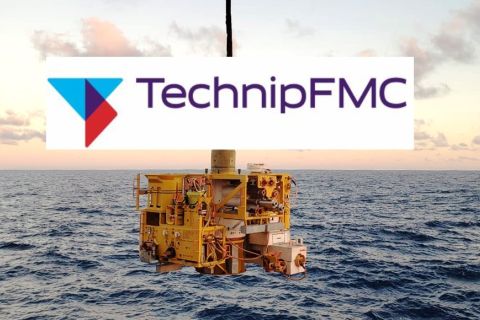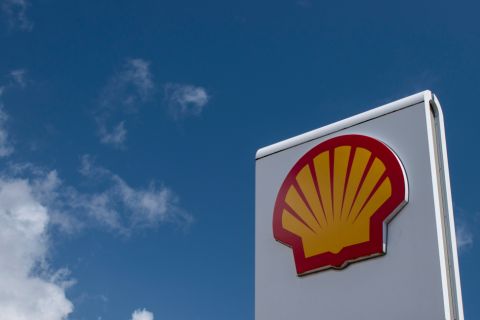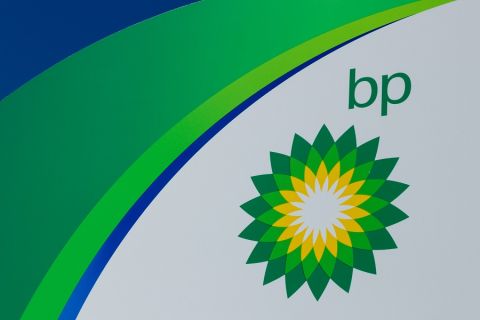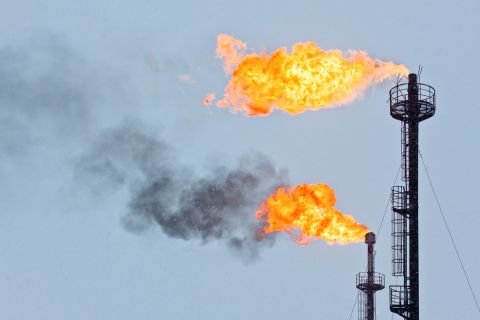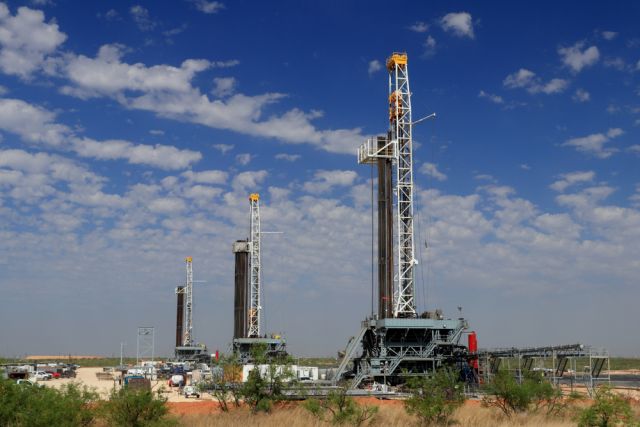
Improved drilling and completion techniques are improving economics in tight oil plays across North America. (Source: G.B. Hart/Shutterstock.com)
Companies involved in developing North American tight oil are using knowledge gained to improve costs and breakevens, transforming what were once among the world’s most expensive supply sources into one of the cheapest.
That’s according to Rystad Energy, which released a report this week that ranks North American tight oil as the second cheapest source of new oil volumes globally. With a Brent breakeven cost of $46 per barrel, down from the average $68 in 2015, North American tight oil’s cost of supply today trails only the Middle East onshore market.
The main drivers for the drop are lower unit prices and higher productivity, Espen Erlingsen, partner and head of upstream research for Rystad, told HartEnergy.com in a statement.
Unit prices, or prices E&P companies pay service companies, have dropped by about 30% since 2014, Erlingsen said. “This reduced the costs per well and improves the economics of new wells,” he said. “Part of these costs savings are efficiency gains and some is lower margins for the service companies.”

Oilfield service companies and E&Ps were both hit when an oversupply-driven market downturn sent oil prices tumbling in late 2014, impacting their financial coffers. In the years since, companies have gotten smarter about how they operate, turning to technology, improving drilling and completion techniques, and lowering costs. The changes have made tight oil resource developments less sensitive to oil price fluctuations compared to previous years.
EOG Resources Inc., for example, said it has cut its Eagle Ford well cost to $4.4 million from $7.2 million in 2012. Like its peers, EOG—which described itself as the largest U.S. horizontal oil producer—is optimizing completion designs to improve well performance and reducing drilling times to lower costs.
RELATED: EOG Resources Targets High-Return Growth
Occidental Petroleum Corp. is also improving costs. The company reported this week that implementation of a new facility design by its Permian Resources business resulted in 60% fewer tanks, emissions reduction and a greater than 30% cost improvement. This came as the company saw a 26% improvement in drill days and a 34% improvement in frac days from 2018 to 2019 in the Permian’s Delaware Basin in West Texas.
“We get more oil from our wells in the short and long-term, which generates high value and low development cost,” Occidental Petroleum CEO and President Vicki Hollub said on the company’s first-quarter 2019 earnings call this week. “We are rapidly advancing our geomechanical and flow unit modeling, driving breakthroughs in completion design and well spacing, and mitigating parent-child impacts.”
Occidental envisions further lower costs, including in the Delaware Basin, where it stands to benefit from its planned merger with Anadarko Petroleum Corp. Hollub said Anadarko’s Delaware Basin properties would fit well within the top couple of tiers of Occidental’s existing inventory.
Referring to some acreage between the Barilla Draw and southeastern Mexico, she said “there’s some prime acreage in there” that the company believes are tier 1 opportunities.
“Their inventory there, we believe, could be over 10,000 wells, and we believe that it would be very, very similar to our inventory,” Hollub said. “We expect that over time, because of the lower cost that we can imply as a result of the entire trend, our two areas with theirs, we can further lower cost and infrastructure synergies so that we’ll be able to move more wells down into the less than $50 breakeven category.”
The Permian Basin’s Midland and Delaware sub-basins have seen the largest improvements with breakeven prices down about 50% for both plays, Erlingsen said. He noted a better understanding of the formation and improved completion techniques are among the factors that have contributed to the rise in production from tight oil wells.
“Measured in total resources divided by lateral length per well, the well product has on average increased 15% over the last years,” he said.
Strides have not been limited to the biggest U.S. oil field. Colorado’s Denver-Julesburg Basin has seen breakeven improvements near 50%, while more mature plays such as the Eagle Ford and Bakken have experienced cost savings of about 35%.
But are these savings sustainable? Erlingsen believes so.
“The evidence of this is that despite the U.S. tight oil activity doubled from 2016 to 2018, the costs within the industry didn’t grow too much,” he said. “Hence we believe that the lower costs will stay and that the productivity gain will last.”
Velda Addison can be reached at vaddison@hartenergy.com.
Recommended Reading
TechnipFMC Eyes $30B in Subsea Orders by 2025
2024-02-23 - TechnipFMC is capitalizing on an industry shift in spending to offshore projects from land projects.
Shell’s CEO Sawan Says Confidence in US LNG is Slipping
2024-02-05 - Issues related to Venture Global LNG’s contract commitments and U.S. President Joe Biden’s recent decision to pause approvals of new U.S. liquefaction plants have raised questions about the reliability of the American LNG sector, according to Shell CEO Wael Sawan.
BP Pursues ‘25-by-‘25’ Target to Amp Up LNG Production
2024-02-15 - BP wants to boost its LNG portfolio to 25 mtpa by 2025 under a plan dubbed “25-by-25,” upping its portfolio by 9% compared to 2023, CEO Murray Auchincloss said during the company’s webcast with analysts.
Some Payne, But Mostly Gain for H&P in Q4 2023
2024-01-31 - Helmerich & Payne’s revenue grew internationally and in North America but declined in the Gulf of Mexico compared to the previous quarter.
Green Swan Seeks US Financing for Global Decarbonization Projects
2024-02-21 - Green Swan, an investment platform seeking to provide capital to countries signed on to the Paris Agreement, is courting U.S. investors to fund decarbonization projects in countries including Iran and Venezuela, its executives told Hart Energy.


